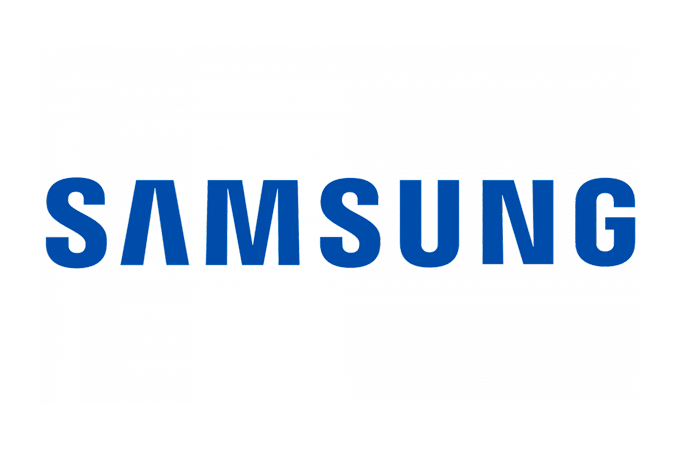Imagine trying to solve a devilishly tough Sudoku puzzle, the kind that makes even math whizzes sweat. Now picture a massive AI like Google’s Gemini or OpenAI’s latest mini-model staring at it blankly, spitting out wrong answers left and right. Enter Samsung’s underdog hero: the Tiny Recursive Model, or TRM—a scrappy little AI with the brainpower of a featherweight boxer who just knocked out the heavyweights. Clocking in at a mere 7 million parameters, TRM is punching way above its weight, outsmarting giants that boast billions (or even trillions) of parameters on logic-crushing challenges. It’s the kind of breakthrough that makes you wonder: Do we really need these lumbering behemoths, or can a clever lightweight do the trick?
Samsung’s AI crew out of their Montreal lab dropped this bombshell in a fresh research paper, flipping the script on the “bigger is better” mantra that’s dominated the field. For years, the race has been all about stacking more parameters—those digital neurons that let models “think”—to tackle everything from chatty banter to code-cracking. But TRM says hold up: Less can be way more, especially when you’re dealing with thorny reasoning tasks that demand step-by-step smarts, not just raw horsepower. With its sleek two-layer design, TRM doesn’t brute-force problems; it loops back on itself, refining ideas like a writer tweaking a manuscript until it sings.
At the heart of TRM’s magic is this self-recursion trick—think of it as the model having a conversation with itself. It starts with a rough stab at the problem, say a half-baked Sudoku grid or a twisty maze path, then feeds that output right back in as fresh input. Round after round (up to 16 in training, but it learns when to quit), it tweaks and polishes, building a deeper understanding without piling on extra layers or guzzling more compute. No fancy fixed-point math or bio-inspired hierarchies here—just a simple feedback loop that mimics how we humans mull over a tough call, spotting flaws and course-correcting on the fly. And get this: Each cycle sharpens the accuracy without ballooning memory use, turning what could be a clunky chain of thoughts into a smooth, self-improving spiral. It’s fragile big models that crumble under one slip-up; TRM just dusts itself off and iterates.
The proof’s in the pudding—or in this case, the benchmarks, those brutal tests that separate the solvers from the strugglers. On Extreme Sudoku, where puzzles are dialed up to nightmare mode with just 1,000 training examples, TRM nailed 87.4% accuracy. That’s a whopping leap from the 55% scored by its beefier predecessor, the Hierarchical Reasoning Model (HRM), and miles ahead of zero-percent flops from behemoths like DeepSeek R1. Mazes? TRM carved through hard 30×30 labyrinths with 85% success, again leaving giants in the dust. Then there’s the Abstraction and Reasoning Corpus (ARC-AGI), François Chollet’s infamous gauntlet for true AI smarts—grids of colorful patterns that test raw ingenuity, not memorized trivia. TRM hit 44.6% on ARC-AGI-1 and 7.8% on the tougher ARC-AGI-2, edging out Google Gemini 2.5 Pro (37% and 4.9%) and OpenAI’s o3-mini-high (34.5% and 3%). Even Grok-4, with its 1.7 trillion parameters, only musters 66.7% on the first set—impressive, but TRM’s doing it with 0.0004% of the size.
What really gets me excited is the sneaky insight Samsung unearthed: Piling on more layers in these tiny models actually backfires, leading to overfitting—that curse where the AI aces the practice but bombs the real world. Dial back to two layers and crank up the recursion instead, and boom—generalization soars. It’s like trading a bulky toolbox for a Swiss Army knife that unfolds just right for the job. Trained on modest hardware (a handful of GPUs over days, not weeks), TRM proves you don’t need a supercomputer farm to brew brilliance. This could ripple out to edge devices—your phone or smartwatch running zippy, power-sipping AI for on-the-go puzzles, translations, or even medical diagnostics without phoning home to the cloud.
Of course, TRM isn’t conquering the world yet; it’s laser-focused on these abstract reasoning nuts, not chit-chat or essay-writing. But in a field bloated with energy-hungry monsters, this feels like a breath of fresh, efficient air. Samsung’s not just innovating—they’re challenging us to rethink scale, urging a shift toward smarter, leaner designs that could make AI more accessible and less planet-chomping.

